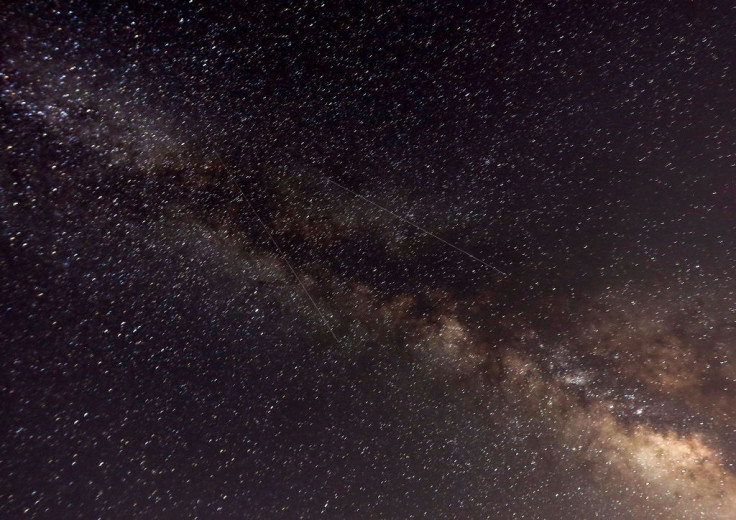Stunning New Milky Way Image Shows 800 Million Galaxies, Stars And Near-Earth Asteroids

The Milky Way Galaxy is so vast that it would be impossible to view it in its entirety, but a stunning new map now gives us the chance to see our galaxy and its surrounding cosmic neighbors in one image.
Scientists at the the University of Hawaiʻi at Mānoa's (UH) Institute for Astronomy (IfA), in cooperation with the Space Telescope Science Institute (STScI) in Baltimore, Maryland, compiled four years of observations by the Pan-STARRS — the Panoramic Survey Telescope and Rapid Response System — in Maui, Hawaii, to create a stunning map of the Milky Way Galaxy. The mosaic image, which shows over 800 million stars, galaxies and other interstellar objects, has been dubbed by UH the biggest release of astronomical data of all time.
"We put the universe in a box and everyone can take a peek," Conrad Holmberg, a database engineer on the project, said in a statement.
UH and STScI have released 1.6 billion petabytes (1.6 million gigabytes) of data recorded by the Pan-STARRS telescope since 2010. The imaging data from Pan-STARRS is apparently equivalent to two billion selfies or 30,000 times Wikipedia's entire text content.
Of course, the new map doesn't actually show the entire universe, just the sky visible over Hawaii, centered on the North Star, Polaris. Pan-STARRS scanned the sky 12 times in five filters over the course of four years in order to create the incredibly detailed image.
In the new cosmic map, the Milky Way galaxy is right in the center, showing up as a big, red smear slicing through the image. Along the bottom of the frame, the Milky Way appears brighter as this is where the galaxy's black hole-powered center is located.
IfA researcher and a key designer of the PS1 database Heather Flewelling said in a statement that we have only scratched the surface in terms of astronomical discoveries.
“Pan-STARRS DR2 represents a vast quantity of astronomical data, with many great discoveries already unveiled,” Flewelling stated. “These discoveries just barely scratch the surface of what is possible, however, and the astronomy community will now be able to dig deep, mine the data and find the astronomical treasures within that we have not even begun to imagine.”
According to UH's website, one of the goals of Pan-STARRS' survey, which took about four years to complete, was to observe and track objects that move and are transient. This includes asteroids that may pose a threat to the Earth.
© Copyright IBTimes 2025. All rights reserved.





















